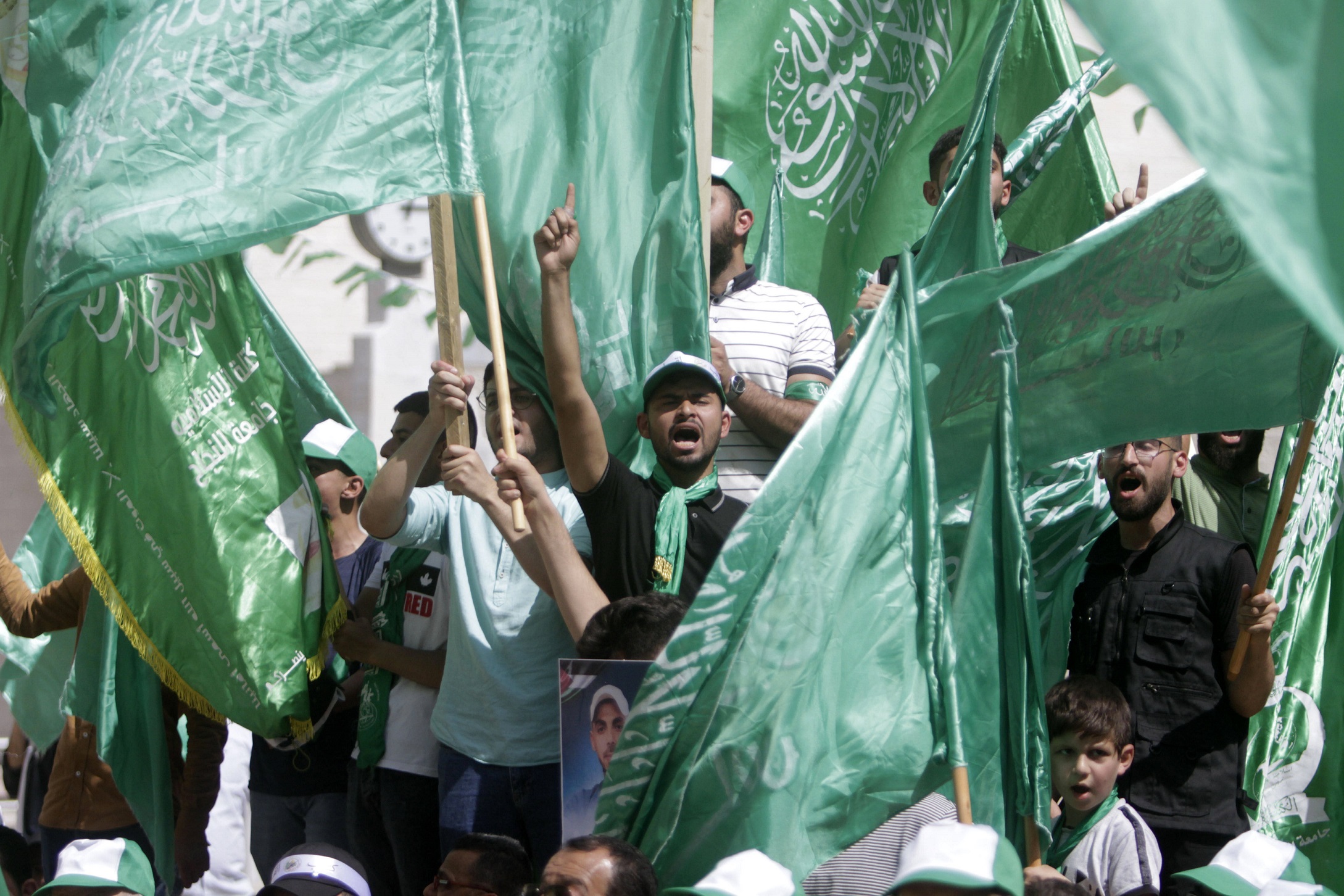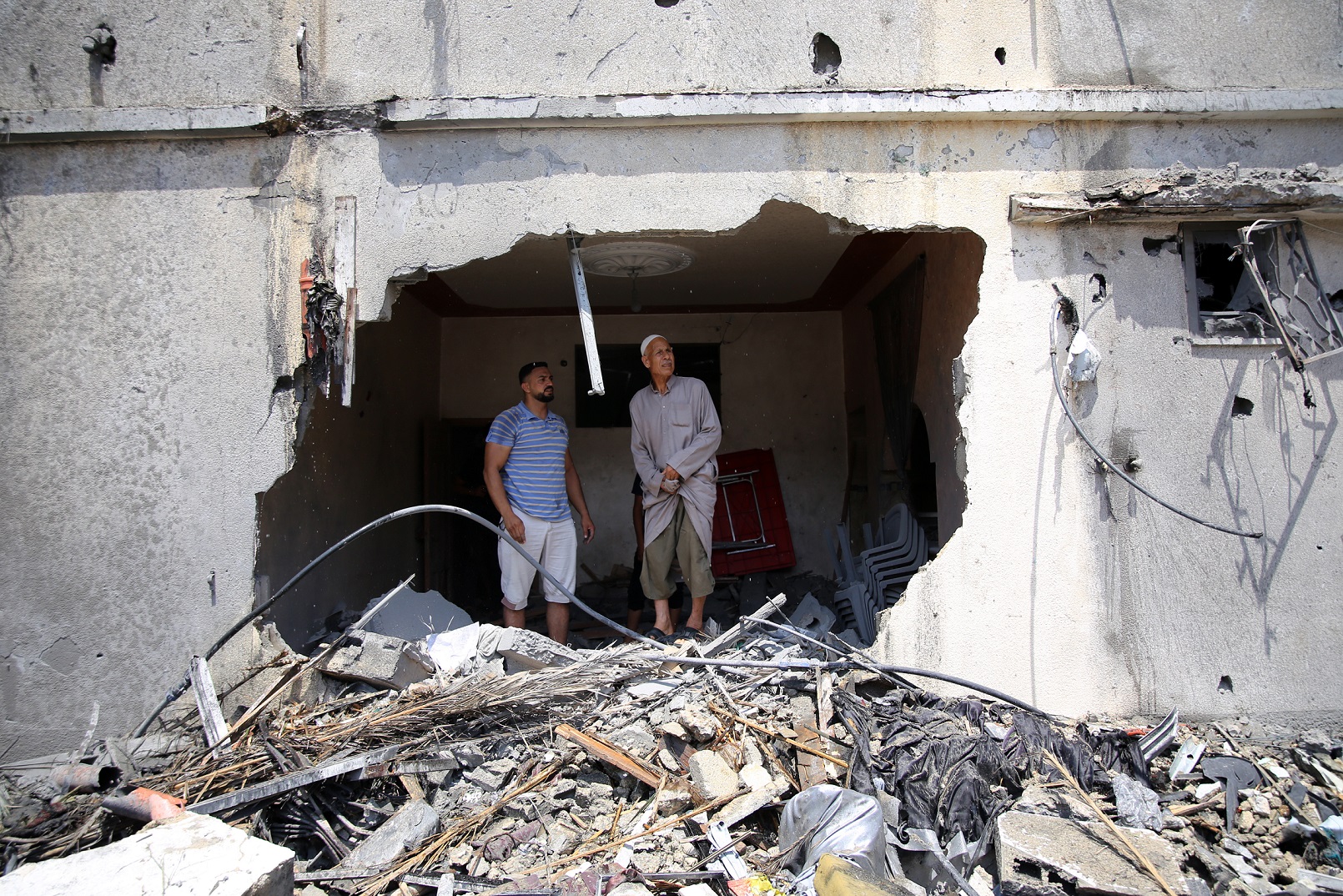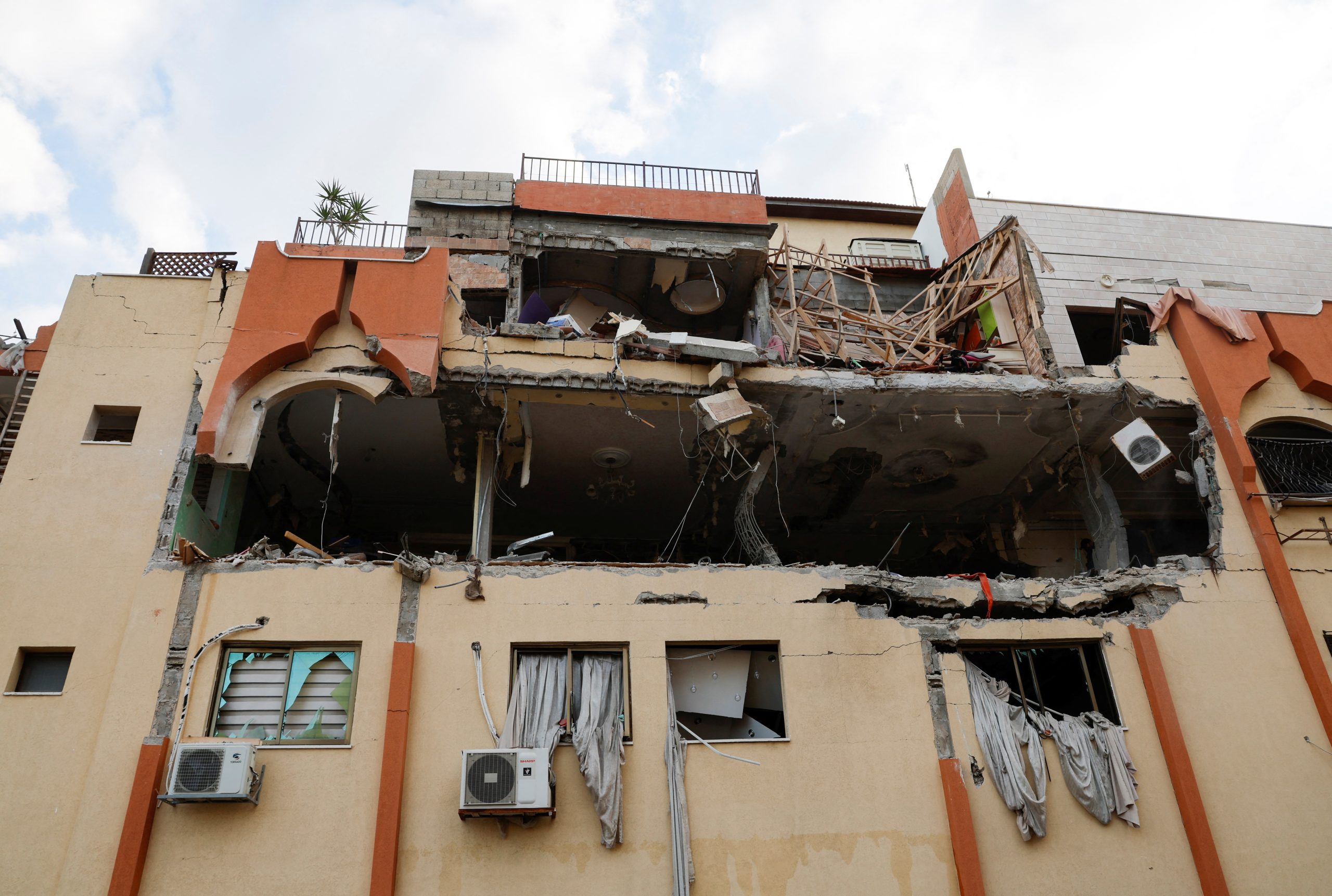Udi Dekel

“Quiet will be met with quiet” is the recurring refrain of Israel’s deterrence operations against Islamic Jihad in Gaza, which amounts to no change in the strategic reality in the south of the country. In practice, Hamas, the sovereign in Gaza, emerges from this round empowered: it set the rules of the game, apparently determined the length and intensity of the operation, and once again did not have to pay the price of responsibility for Gaza
Another exchange of blows in the Gaza Strip between Israel and Islamic Jihad ended with Egyptian mediation. Israel once again initiated a military operation, seizing an opportunity to attack senior Islamic Jihad figures, while allowing Hamas, which in practice rules the Gaza Strip, to avoid responsibility for what occurs there. Militarily, Israel saw operational success, both offensively and defensively. However, politically, Israel allowed Hamas to set the rules of the game, continue to enjoy the fruits of its arrangement with Israel, and emerge stronger at the end of this round of fighting.
Operation Shield and Arrow largely resembled two previous rounds of fighting – Operation Breaking Dawn (August 2022) and Operation Black Belt (November 2019). In all three rounds, Israel focused on the campaign against Palestinian Islamic Jihad (PIJ), which does not govern Gaza; initiated the rounds with targeted killings of PIJ commanders; responded to rocket launches at the Israeli home front with interceptions and preemption; and sought to keep the round brief in order to control the boundaries of the campaign and prevent it from deteriorating into a direct confrontation with Hamas. All three rounds were campaigns of deterrence, without a political purpose. The impact of the previous two campaigns was brief; it is likely that the impact of Operation Shield and Arrow will be as well. During and after these campaigns, no attempt was made to change the strategic security reality vis-à-vis Hamas, which is Israel’s core security challenge in the Palestinian arena.
Israel always has difficulty finishing campaigns in a short time frame and translating military success into political achievements, because it does not define political goals for itself other than “quiet will be met with quiet.” The strategic aim was achieved in the first move – the targeted killing of three senior PIJ officials. What followed focused on deepening this achievement, while seeking damage control, and negotiating through fire in order to reach a ceasefire and leave Hamas outside of the campaign. Islamic Jihad, which suffered a heavy blow during the opening attack, had no option but to try to exact a price from Israel and present a “victory picture,” while seeking to drag Hamas into the fighting – and perhaps, subsequently, Hezbollah as well. PIJ itself, which has no responsibility for the welfare of the public in Gaza, sought to draw out the fighting, while illustrating the damage it is capable of inflicting – not only on Israel, but also on Hamas.

Islamic Jihad agreed to accept the Egyptian formulation for a ceasefire after five days of combat, once it became clear that Hamas was steadfast in its position not to join the fighting. Furthermore, there are increasing indications that Hamas, in light of the growing risk that it would be dragged into the fighting, actually instructed PIJ to end the round. PIJ’s sponsors, Hezbollah and Iran, who would like to tie Israel’s hands by bogging it down in an escalation within its borders and therefore wanted the fighting to continue, showed no sign they were willing to assist it directly. As the operation evolved, PIJ continued sustaining heavy losses – killings of senior officials and demolitions of the homes of activists, as a result of IDF activity in Gaza. PIJ secretary general Ziyad al-Nakhalah summed up the events thus: “We suffered what we suffered so that our stance would remain unified, powerful, and stable.” He added that “our military wing was the vanguard of the resistance.” He thanked all of those who stood alongside the organization – Iran, Hezbollah, Qatar, and Egypt – and, not inadvertently, did not mention Hamas.
The Egyptian ceasefire proposal included an Israeli commitment to end attacks against civilians, home demolitions, and attacks on individuals. But these are fragile understandings that will face their first test this week, during the Flag March in Jerusalem on May 18, 2023. The issue of Jerusalem is a much easier one over which to generate an escalation that may entail a “unification of arenas” against Israel – especially between the Gaza Strip and the West Bank.
An unnamed senior official in Israel claimed that for years Hamas stood firm in Gaza and refused to allow other organizations active in the region to dictate its policy. In his view, the last round of fighting showed the weakness of Hamas, as Islamic Jihad, with its Iranian funding, managed to set the agenda in Gaza. However, in contrast with this assessment, Hamas was not weakened; it quietly supported PIJ, which functioned as its proxy, studied the IDF’s approach and operational capabilities, positioned itself as a responsible party attending to the Gaza population, and did not risk its achievements – chief among them the entry of Gazan workers in Israel, extensive entry and exit of goods to and from the Strip, and the flow of money from Qatar.

Israel would like an extended period of quiet grounded in military deterrence, while ignoring the fundamental problems originating with the strengthening of Hamas, which is the sovereign in the Gaza Strip and the dominant element in the Palestinian arena. PIJ has limited capabilities, as the recent campaign showed once again, and the operational success against it does not resemble what one can expect in a campaign against Hamas. It is therefore difficult to determine whether Israeli deterrence was restored, after also having been weakened by internal processes in Israel. Yet precisely regarding this issue, the domestic unity in Israel and the effective leadership of the event by the security establishment made it clear to Israel’s enemies that Israeli society is not weak or disintegrating. Israel also demonstrated impressive military and intelligence capabilities during Shield and Arrow, in aerial offense and defense. But because no political aim was defined, the deterrence that was ostensibly achieved may prove to be elusive. Indeed, for Islamic Jihad, conducting several days of fighting against the Israeli military, standing strong, and demonstrating its ability to launch barrages of rockers, including deep into Israel, are the essence of “resistance.”
In sum, the major challenge Israel faces – the challenge of Hamas – remains. Israel finds it comfortable to separate Hamas from PIJ and to release Hamas from its responsibility for actions in Gaza, because Israel seeks to avoid a broader campaign against Hamas at this time. However, leaving Hamas out of the fighting is not a strategic accomplishment for Israel, given that in practice it once again allowed Hamas to set the rules of the game while operating PIJ as its proxy, deciding when the fighting ends, and determining its intensity. The operation was an additional layer in a change in the balance of power in the Palestinian arena, as Hamas continues to gain strength and the Palestinian Authority becomes weaker – and indeed, played no role in contacts to end the fighting. Furthermore, the leader of Hamas in Gaza, Yihya Sinwar, has been marked as the central political actor in the Palestinian system for the day after Mahmoud Abbas.
No comments:
Post a Comment